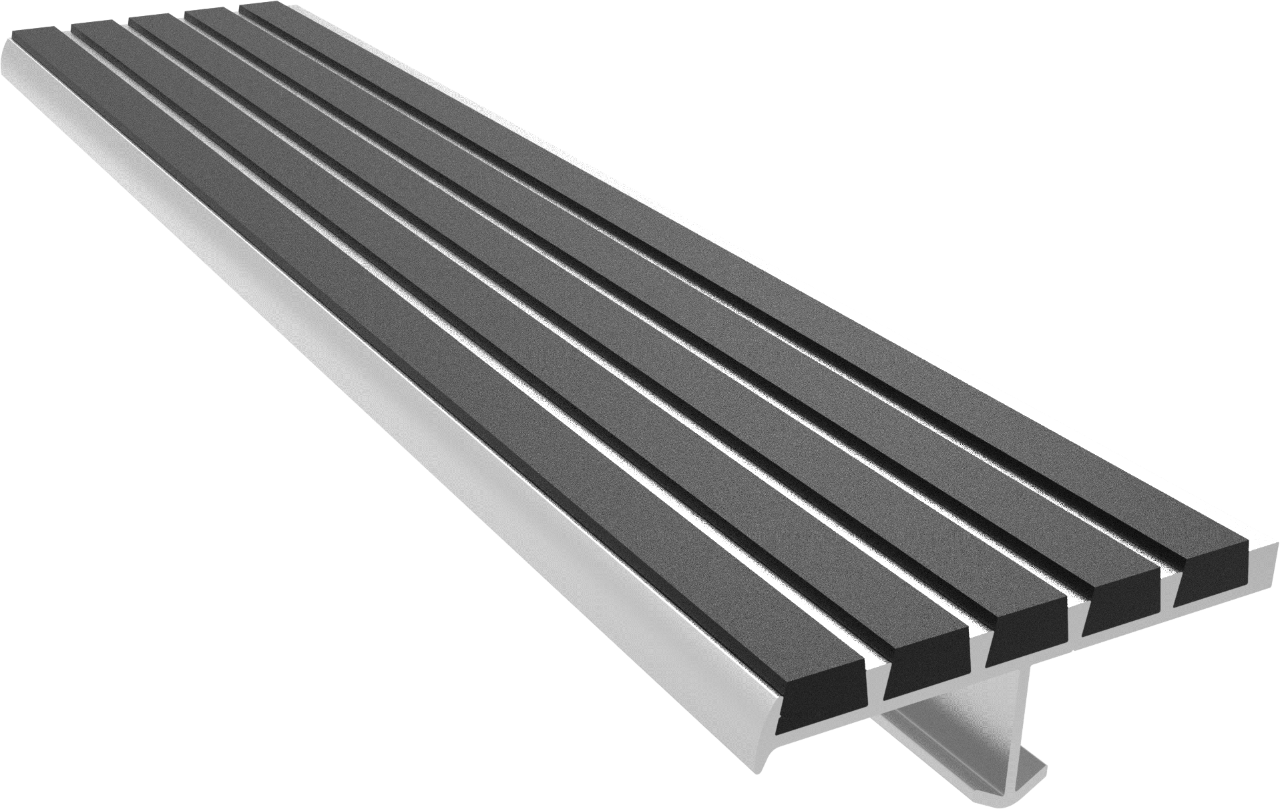“You’re going to move to more touchless scenarios,” he added. “… People aren’t going to use handrails as much as they used to out of an abundance of caution, so we need to keep the surface as safe as possible. Wearing a mask now makes it hard to walk up and down the stairs.”
Stair nosings have been around for 120 years—they were first developed for railway cars in New York—but not much changed about them until the late 1990s, when the arrival of extruded aluminum permitted colors, Fish said.
The rate of change has accelerated since then. The green movement and standards like LEED made stair companies think about the sustainability of everything they used. Requirements that staircase construction include an abrasive surface or stair tread became law. Now states like California are mandating that the initial step at the top and bottom of a flight must be in a contrasting color to help the visually impaired, while New York State is promoting photo luminescent surfaces.
Nystrom’s contributions include EcoTread, Its treads are made from more than 90% recycled rubber and have a water-based protectant that makes them resist chemicals and stains.
“We were looking for pedestrian safety and limiting owner liability,” said Fish, a 30-year industry veteran. “Is there a way this product could go a step further and use recycled materials. Stair nosing typically are embedded in concrete. Could it be easily replaceable? Could we make It easier to clean? Today, you can’t power-wash it or use it with solvents. And we wanted to save time and labor on major construction projects.
“With stair nosings, you want a high coefficient of friction to help with slip resistance,” he added.”We went to one of our entrance flooring systems and realized that was the perfect product to use. It’s recycled rubber content, similar to the softer stuff you see in children’s playgrounds and health clubs. … And imagine if we put it in a hotel. This dampens noise, too.”






